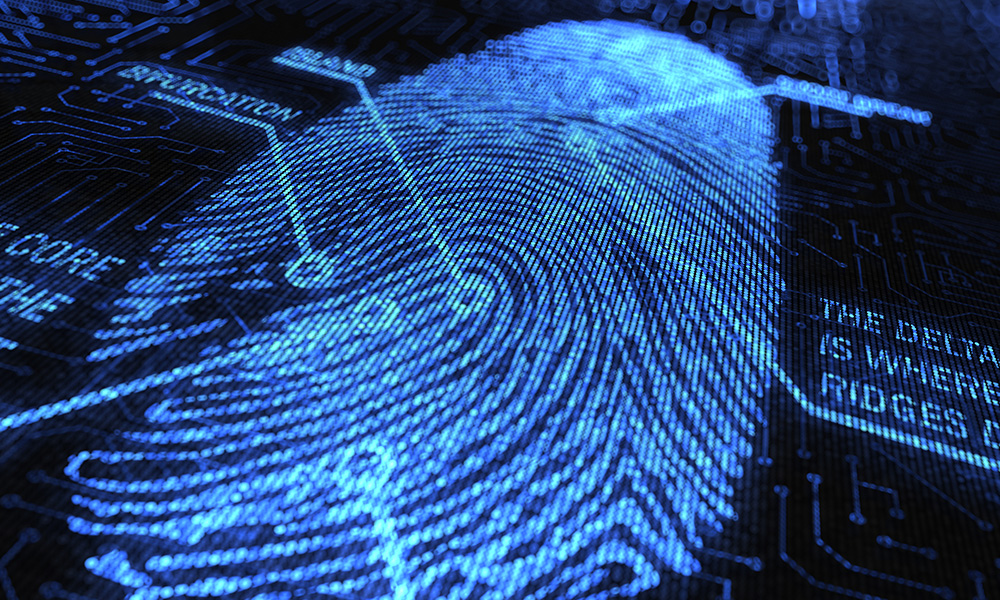
Forensic document consulting is an art that combines the use of scientific analysis, examination, and interpretation to provide objective opinions about disputed documents. This involves examining documents for alterations, forgeries, or other tampering forms. Working with Forensic document examiners in sacramento ca is crucial in resolving legal disputes and determining the authenticity of documents. This article will explore this art and the key components that make it successful:
Examination of Documents
The first step in forensic document consulting is the examination of the documents. The examiner should have a detailed understanding of the document’s history, usage, and purpose. The examination process should also include a review of the document’s physical properties, such as its ink, paper, and any other features that could aid in determining its authenticity.
Document consultants may use techniques such as oblique lighting, ultraviolet light, and infrared photography to examine documents. These techniques help to identify alterations, additions, and other signs of tampering that may not be visible to the naked eye. Document examination aims to gather as much information as possible about the document and determine its authenticity.
Analysis of Writing
Another critical component of forensic document consulting is the analysis of the writing. It involves a thorough examination of the handwriting and typewriting on the document. The examiner will look for unique characteristics in the writing, such as slant, pressure, spacing, and letter formation. By analyzing the writing, the examiner can determine whether it is consistent with the known handwriting of the purported author.
In cases where the document’s authorship is unknown, the examiner can use comparative handwriting analysis to determine who wrote it. This involves comparing the writing on the disputed document with known writing samples from potential authors. The comparison process can provide valuable information about the likelihood that a particular individual wrote the document.
Ink Analysis
Ink analysis is another essential component. The type of ink used on a document can provide valuable information about its authenticity. For example, some inks have unique chemical properties that can be used to determine when they were manufactured. By analyzing the ink on a document, forensic document consultants can determine whether it is consistent with the time frame in which it was purportedly created.
Ink dating can provide information about whether the ink on a document was applied at once or over a while. This can be important in cases where a document has been altered or forged.
Other Components of Forensic Document Consulting
Several other components are essential to its success. One of these is the use of high-quality equipment and tools. Forensic document consultants use specialized tools and equipment to examine documents and analyze their characteristics. These tools and equipment must be high quality and regularly maintained to ensure accuracy and reliability.
Another critical component is databases and reference materials. Consultants rely on a variety of databases and reference materials to help them identify unique characteristics in handwriting, ink, and other document features. These databases and reference materials must be accurate and up-to-date to ensure their information is reliable.
Summing Up
Forensic document examiners in sacramento ca is an art that requires a combination of scientific analysis, examination, and interpretation. The success of forensic consulting depends on the thorough examination of documents, the analysis of writing and ink, and the use of high-quality equipment and tools. It also depends on the use of databases and reference materials that are accurate and up-to-date. Overall, it is a crucial component of the legal system. It provides objective opinions about disputed documents and helps ensure justice is served.




